
Year in Industry placements are neither a common target for QE leavers nor are they easy to obtain – just 750 are offered nationwide annually – yet sixth-former Deshraam Ganeshamoorthy has successfully gained one, thanks to a glittering CV and some deft interview preparation.
Deshraam, of Year 13, capitalised on his national successes with a QE robotics team over the last four years to impress bosses at the Cambridge engineering consultancy interviewing him for his placement.
Now he is looking forward to spending next year at Springboard Pro, which develops advanced medical devices, before going on to university to read Mechanical Engineering.
Head of Year 13 Helen Davies said: “Whilst a large majority of our A-level students head on to leading universities straight after school or after a conventional gap year, there are some other interesting and potentially valuable vocational routes, with the Year in Industry programme among these. Deshraam is to be congratulated on the work he did to investigate and achieve this, and we wish him every success.”
Deshraam first came across the UK’s Year in Industry scheme when he was looking through the Engineering Design Trust website to learn more about the trust’s summer courses. The scheme places around 750 young people annually in engineering, science, IT, and business, where most work full-time before going on to join degree courses.
His interest piqued, he realised that a placement would enable him to pursue the things he loves most about engineering: “The ability to take a client’s challenge, create a design brief and through iteration go from simple sketches to a final product.”
“I felt that the skills I would learn from working as an engineer would help me greatly when studying for my degree and into the future.”
After consulting QE’s Head of Technology, Michael Noonan, he decided to apply.
“The application process involved creating a CV highlighting my engineering strengths. Here I had the opportunity to briefly describe my IT skills – from using Office to [3D programs] Solidworks and Cura and programming in Python – as well as past projects such as: my GCSE automatic pill dispenser project, the robots built over four years competing in the VEX robotics competitions, and most recently my independent EPQ project exploring the use of soft robotics.” (Soft robotics is a subfield of robotics dealing with the construction of robots from compliant materials similar to those found in living organisms.)
“Over the following months, new vacancies opened up and I had the opportunity to apply to the ones that most interested me.” He was especially keen that his placement should cover Mechanical Engineering, his intended degree subject.
A few months after submitting his first application, he received an invitation to interview with the Cambridge company. “I was sent some documents regarding what the interview might entail, and prepared accordingly.”
The first half of the one-hour interview on Microsoft Teams was spent talking about a project of Deshraam’s choice. “Here I spoke about the most recent robot built by my team, HYBRID, for the VEX Robotics Competition to compete in the game Tower Takeover. During this mini-presentation, I spoke about how we initially analysed the problem, our early more adventurous explorations of design possibilities, and how I used CAD to aid us in designing, manufacturing, and improving this robot. I spoke about where our weaknesses were and how we fixed these, allowing us to succeed at the end of the season and become VEX Robotics UK National Champions, winning both the Tournament Champions and Excellence trophies.
“The second half of the interview centred around a physics problem that started by looking at the forces and energy involved in the motion of a bungee jumper, but progressed to look at the properties of different materials that could be used for the cord.
“Overall, the interview was an enjoyable experience, and whilst it was challenging at times, I felt that I had done my best to explain how I was thinking through problems before reaching an answer.”
“Having spoken to three employees at the company, researching their work further, and after also speaking to Mr Noonan and Mr Feven [Michael Feven, Assistant Head (Pupil Development)], I felt this opportunity would allow me to learn lots of new things and become a better overall engineer.”
When the offer to work for the company duly arrived a few days later, Deshraam was happy to accept. He will start work there after finishing his Mathematics, Further Mathematics, Physics and Economics A-levels this summer.
He is grateful to the staff who have helped him – “primarily Mr Noonan, for always being willing to answer my questions and give me advice both during this process and over the course of the last seven years.
“I would also like to thank my closest friends at QE for always supporting me and believing in me; I couldn’t have done this without all the great people around me.”

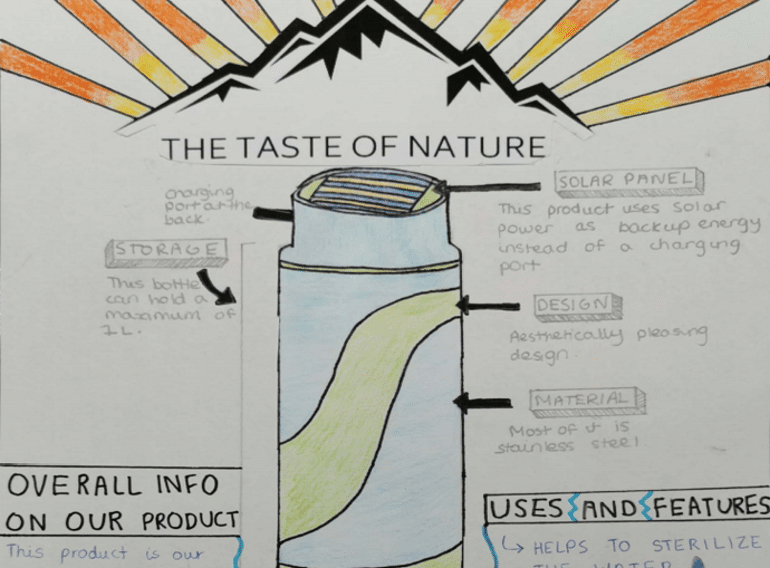
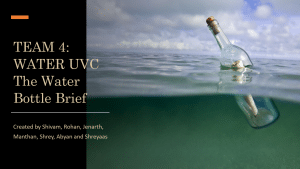 Team 4’s Water UVC bottle could thus benefit many millions across the developing world without access to safe drinking water, the boys explained in their richly illustrated, 31-page PowerPoint presentation. They even included an option for the UV lamp to be solar-powered to make the bottle viable for people who could not afford mains electricity.
Team 4’s Water UVC bottle could thus benefit many millions across the developing world without access to safe drinking water, the boys explained in their richly illustrated, 31-page PowerPoint presentation. They even included an option for the UV lamp to be solar-powered to make the bottle viable for people who could not afford mains electricity.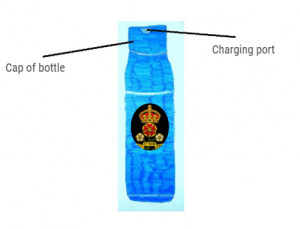 Making the announcement that Team 4 had won, Assistant Head (Pupil Progress) Sarah Westcott said: “During last term’s lockdown, our usual face-to-face careers activities for Year 9 in this important period of their School careers had to be reimagined. We amended our plans so that boys could work from home, while still developing important work-related skills such as creativity, teamwork, independence and the ability to communicate their ideas.”
Making the announcement that Team 4 had won, Assistant Head (Pupil Progress) Sarah Westcott said: “During last term’s lockdown, our usual face-to-face careers activities for Year 9 in this important period of their School careers had to be reimagined. We amended our plans so that boys could work from home, while still developing important work-related skills such as creativity, teamwork, independence and the ability to communicate their ideas.”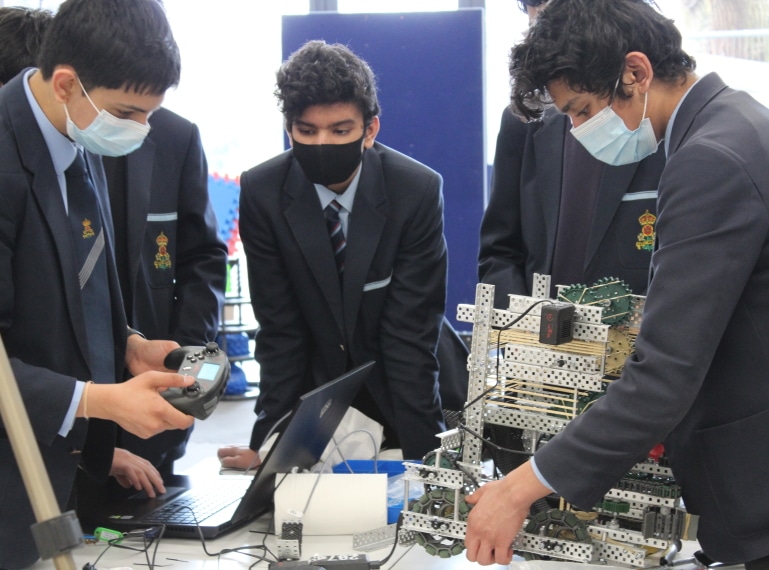
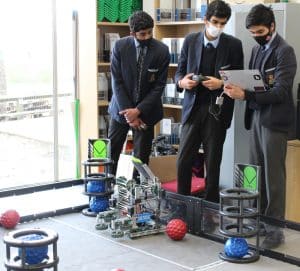 Hyperdrive and Override first reached the virtual international finals next month and then Tempest and Hybrid safely made it through, too, reports QE’s Head of Technology Michael Noonan.
Hyperdrive and Override first reached the virtual international finals next month and then Tempest and Hybrid safely made it through, too, reports QE’s Head of Technology Michael Noonan.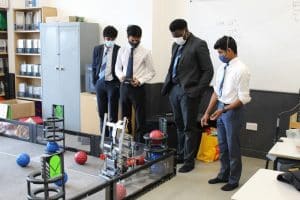 The winners were one of the two teams competing from Galion High School from the small city of Galion in the state of Ohio; they scored 110 points in the driving section and 45 points in the autonomous control section. The remaining US team were an independent team from Newnan, Georgia, who were placed second in the competition, with a score of 114 for driving and 28 for autonomous control (and were competing from a garage at 6.30am local time!).
The winners were one of the two teams competing from Galion High School from the small city of Galion in the state of Ohio; they scored 110 points in the driving section and 45 points in the autonomous control section. The remaining US team were an independent team from Newnan, Georgia, who were placed second in the competition, with a score of 114 for driving and 28 for autonomous control (and were competing from a garage at 6.30am local time!).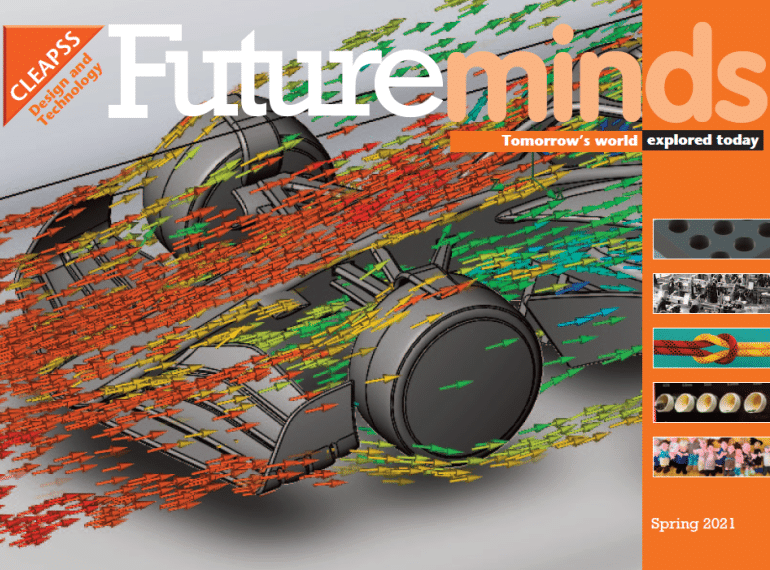
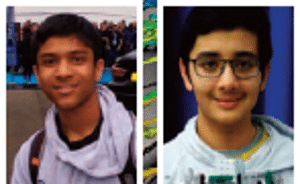 The Sixth Form engineers looked into how CFD (computational fluid dynamics) can be used to create a virtual wind tunnel for an F1 car design. And an article about their work penned by the society’s leaders, Nirmay Jadhav and Ansh Jaiswal, features prominently in the current edition of Futureminds, the magazine produced by CLEAPPS*, a national science and technology education advisory service. In the article, Nirmay and Ansh explain why they established the society, the activities they have already held and what they aim to do in the future.
The Sixth Form engineers looked into how CFD (computational fluid dynamics) can be used to create a virtual wind tunnel for an F1 car design. And an article about their work penned by the society’s leaders, Nirmay Jadhav and Ansh Jaiswal, features prominently in the current edition of Futureminds, the magazine produced by CLEAPPS*, a national science and technology education advisory service. In the article, Nirmay and Ansh explain why they established the society, the activities they have already held and what they aim to do in the future.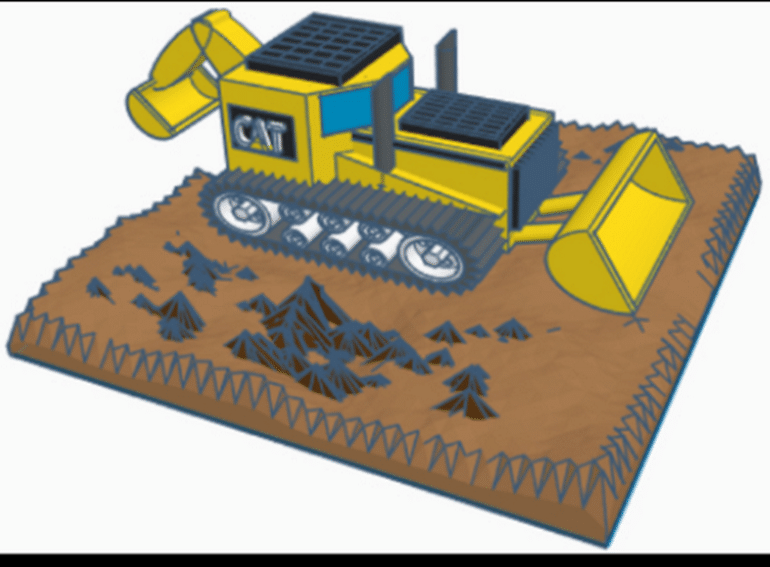
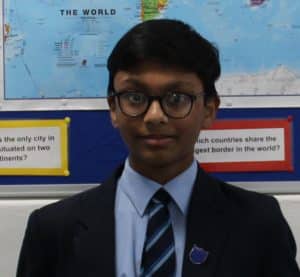 Judges in the Polar Cloud CAT Inc. Design Challenge congratulated him for combining creativity with practicality in his design, and he also won appreciation from other users of American manufacturer Polar 3D’s Polar Cloud online 3D design platform.
Judges in the Polar Cloud CAT Inc. Design Challenge congratulated him for combining creativity with practicality in his design, and he also won appreciation from other users of American manufacturer Polar 3D’s Polar Cloud online 3D design platform.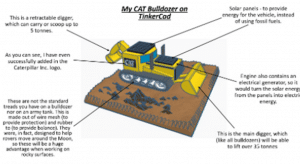 “Firstly, at the back, there is a retractable claw which is able to lift five tonnes. This was created as a feature to utilise when carrying more rubble or dirt. The treads for the vehicle are intended to be made out of wire mesh and rubber to ensure balance and protection, which is a necessity for users who require some means of transportation in more secluded regions.”
“Firstly, at the back, there is a retractable claw which is able to lift five tonnes. This was created as a feature to utilise when carrying more rubble or dirt. The treads for the vehicle are intended to be made out of wire mesh and rubber to ensure balance and protection, which is a necessity for users who require some means of transportation in more secluded regions.”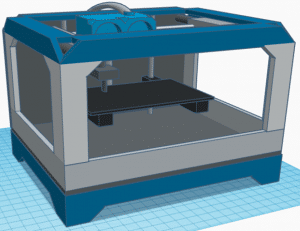 Judges stipulated that entries should not only fulfil criteria such as printability, design execution and creativity, but also prioritised those, such as Keon’s, which garnered higher numbers of ‘likes’ on the online platform.
Judges stipulated that entries should not only fulfil criteria such as printability, design execution and creativity, but also prioritised those, such as Keon’s, which garnered higher numbers of ‘likes’ on the online platform.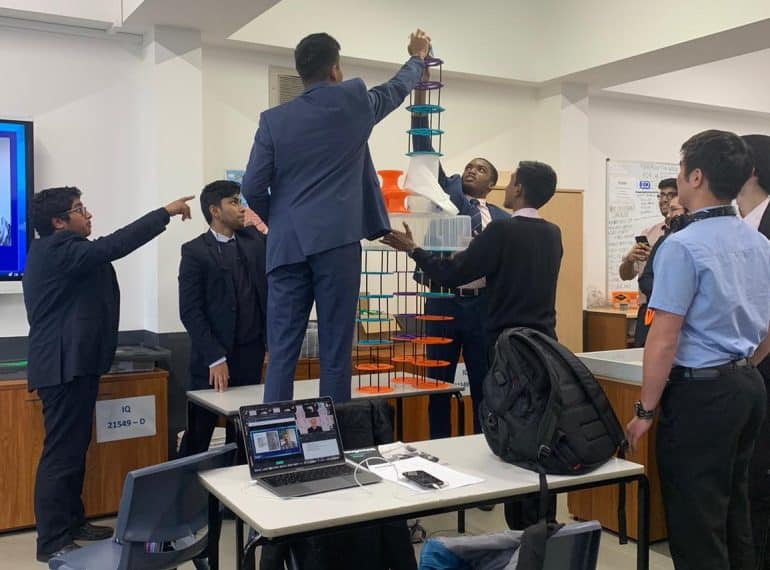
 Sixth-formers have already enjoyed stimulating day-long sessions on Medicine in Action, Chemistry in Action, Product Design in Action and Geography in Action, with a similar event for Biology due to take place in December.
Sixth-formers have already enjoyed stimulating day-long sessions on Medicine in Action, Chemistry in Action, Product Design in Action and Geography in Action, with a similar event for Biology due to take place in December.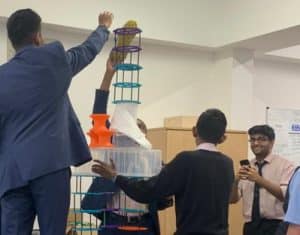 The Resourcefulness and design lecture, delivered by Kingston University Senior Lecturer Pascal Anson, stimulated a practical activity, pictured. “Here we see some examples of structures which were resourcefully developed by the students using VEX IQ and EDR Robotics game elements – great thinking on their feet!” added Mr Noonan.
The Resourcefulness and design lecture, delivered by Kingston University Senior Lecturer Pascal Anson, stimulated a practical activity, pictured. “Here we see some examples of structures which were resourcefully developed by the students using VEX IQ and EDR Robotics game elements – great thinking on their feet!” added Mr Noonan.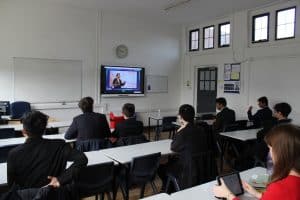 The Geography lectures were similarly wide-ranging. One talk, entitled Lessons in sustainability: An explorer’s tale, was by Jason Lewis, the first person to circumnavigate the earth without using motors or sails. Another featured academic Martin Evans, from the University of Manchester, speaking on Landscape Systems in the Anthropocene. And Emily Parry, Head of Geography, highlighted lectures on water insecurity and on how COVID-19 has impacted the Pacific Islands.
The Geography lectures were similarly wide-ranging. One talk, entitled Lessons in sustainability: An explorer’s tale, was by Jason Lewis, the first person to circumnavigate the earth without using motors or sails. Another featured academic Martin Evans, from the University of Manchester, speaking on Landscape Systems in the Anthropocene. And Emily Parry, Head of Geography, highlighted lectures on water insecurity and on how COVID-19 has impacted the Pacific Islands.